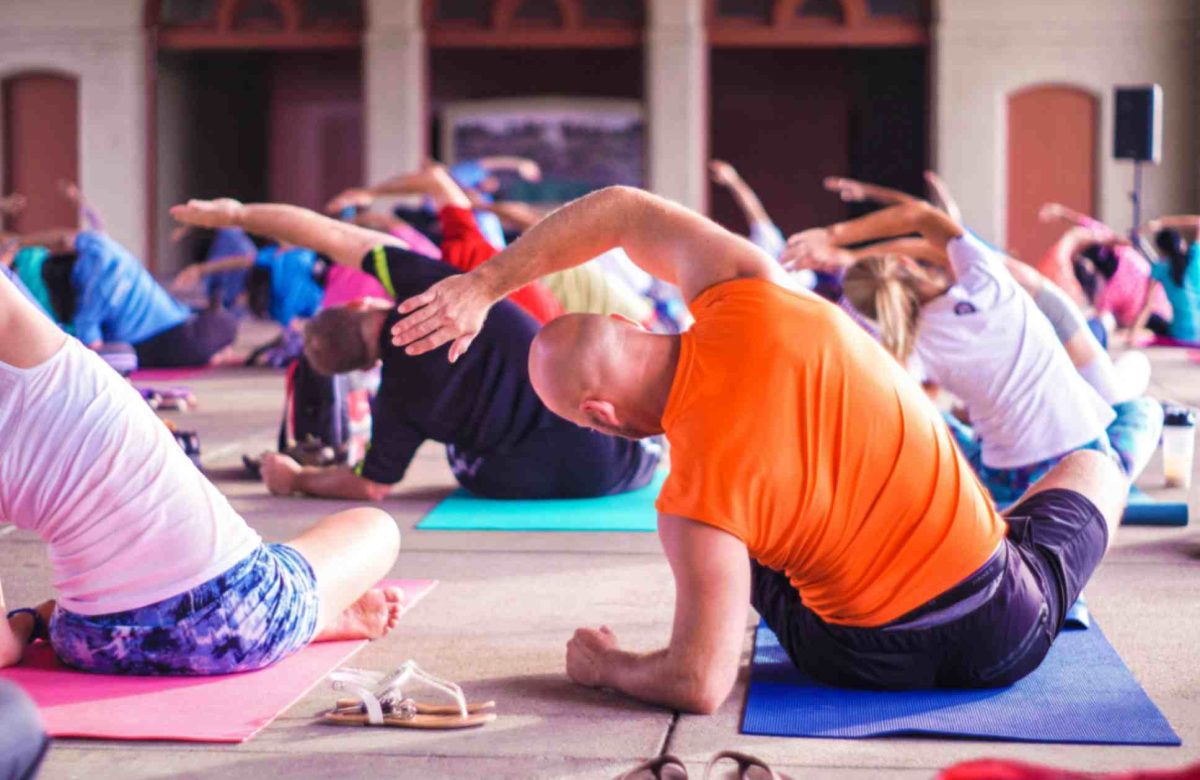Incorporating Mindfulness into Your Everyday Schedule: Advantages and Methods

In today’s fast-paced world, it’s easy to get caught up in the chaos of daily life, causing stress and anxiety to become constant companions. Mindfulness, the practice of being fully present and aware in the present moment, offers a powerful antidote to the stresses of modern living. By incorporating mindfulness into your daily routine, you can cultivate a sense of calm, improve mental clarity, and enhance overall well-being. In this blog, we will explore the benefits of mindfulness and provide practical techniques to help you integrate this transformative practice into your everyday life.
1: Understanding Mindfulness
- What is Mindfulness: “Incorporate Mindfulness” into your life by practicing the art of paying intentional, non-judgmental attention to the present moment, observing thoughts and emotions without getting entangled in them.
- Mindfulness vs. Meditation: While meditation is a specific practice, mindfulness can be cultivated in various activities throughout the day, making it more accessible and applicable to everyday life.
2: The Benefits of Mindfulness
- Reduced Stress: Mindfulness helps break the cycle of rumination and worry, leading to reduced stress levels and improved resilience in the face of challenges.
- Enhanced Focus and Concentration: “Incorporate Mindfulness” into your routine to enhance focus and productivity by training the mind to stay present and attentive to the task at hand.
- Improved Emotional Regulation: Mindfulness allows you to become more aware of your emotions, helping you respond thoughtfully rather than react impulsively in emotional situations.
- Better Relationships: Through the act of being present in conversations and interactions, mindfulness nurtures profound connections with others, thereby enhancing empathy and fostering understanding.
- Increased Self-Awareness: Mindfulness, through promoting a deeper comprehension of your thoughts and behaviors, empowers you to make deliberate choices in harmony with your values.
3: Incorporating Mindfulness into Your Daily Routine
- Morning Mindfulness Practice: Start your day with a few minutes of mindfulness. As you wake up, take a moment to notice your breath, sensations, and thoughts without rushing into your daily activities.
- Mindful Eating: Savor your meals by eating slowly, paying attention to the taste, texture, and aroma of each bite. Avoid distractions like screens or work while eating.
- Mindful Walking: During walks, focus on the sensation of your feet hitting the ground and the rhythm of your breath. If your mind wanders, gently bring your attention back to the present moment.
- Mindful Breathing: Throughout the day, take a few moments to concentrate on your breath. Notice the inhales and exhales, allowing your breath to anchor you in the present.
- Mindful Breaks: Incorporate short mindfulness breaks into your daily routine. Set a timer for a minute or two, and use this time to bring your awareness to your breath or the sensations in your body.
- Mindful Listening: Practice active listening in conversations, giving your full attention to the speaker without interrupting or formulating responses in your mind.
4: Mindfulness Techniques
- Body Scan: Lie down or sit comfortably and bring your attention to different parts of your body, noticing any tension or sensations. Relax each body part as you breathe out.
- Loving-Kindness Meditation: Extend feelings of compassion and goodwill to yourself and others through loving-kindness meditation. Repeat phrases like “May I be happy, may I be healthy, may I be at peace.”
- Observing Thoughts: When thoughts arise, observe them without judgment, labeling them as “thinking” and gently redirecting your focus to the present moment.
- Five Senses Exercise: Engage your five senses to ground yourself in the present. You can see five things, touch four, hear three, smell two, and taste one.
5: Overcoming Mindfulness Barriers
- Patience and Persistence: Mindfulness is a skill that takes time to develop. Practicing regularly will help you develop patience.
- Non-Judgment: Let go of self-criticism if you find your mind wandering during mindfulness exercises. It’s normal for thoughts to arise; simply acknowledge them and gently return to your focus.
6: Creating a Mindful Environment
- Minimize Distractions: Reduce distractions like noise, screens, and clutter in your environment to foster a more mindful atmosphere.
- Mindful Technology Use: Set boundaries for technology use to avoid mindlessly scrolling through social media or emails.
Conclusion:
Incorporating mindfulness into your daily routine offers a transformative path to a more peaceful and fulfilling life. By practicing mindfulness, you can reduce stress, improve focus, and develop a deeper sense of Self-Awareness and connection with others. Experiment with the techniques provided, and find what resonates best with you. With patience, persistence, and an open heart, mindfulness can become a powerful tool to navigate the complexities of life and nurture a more present, compassionate, and mindful existence. Embrace the practice of mindfulness and witness the positive impact it has on your overall well-being.




